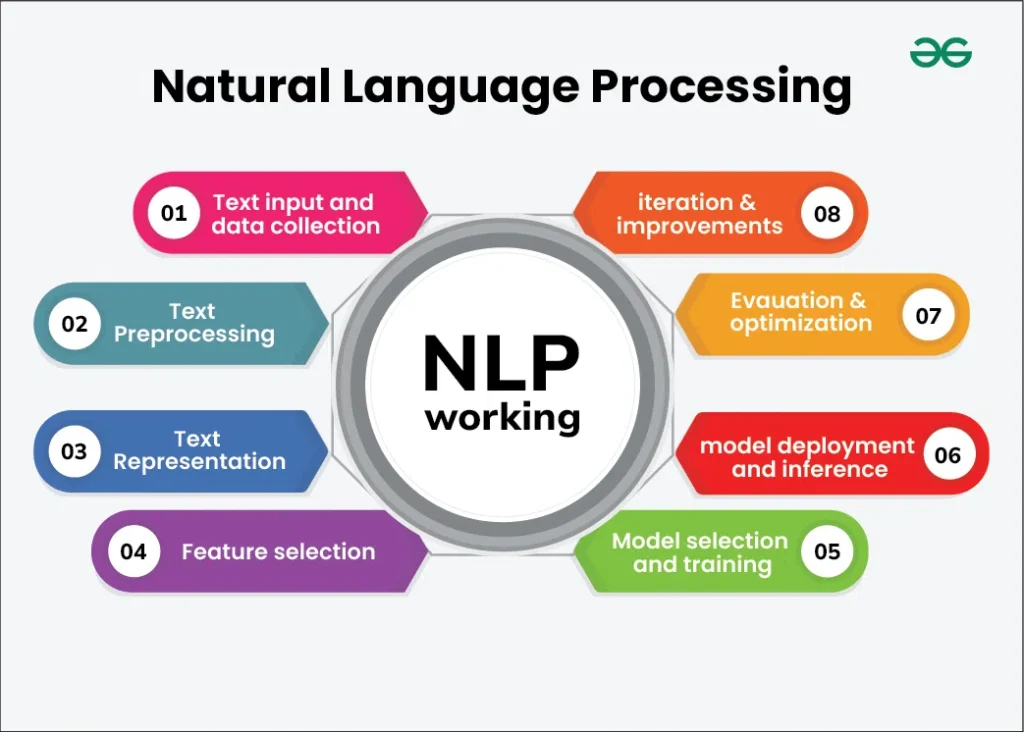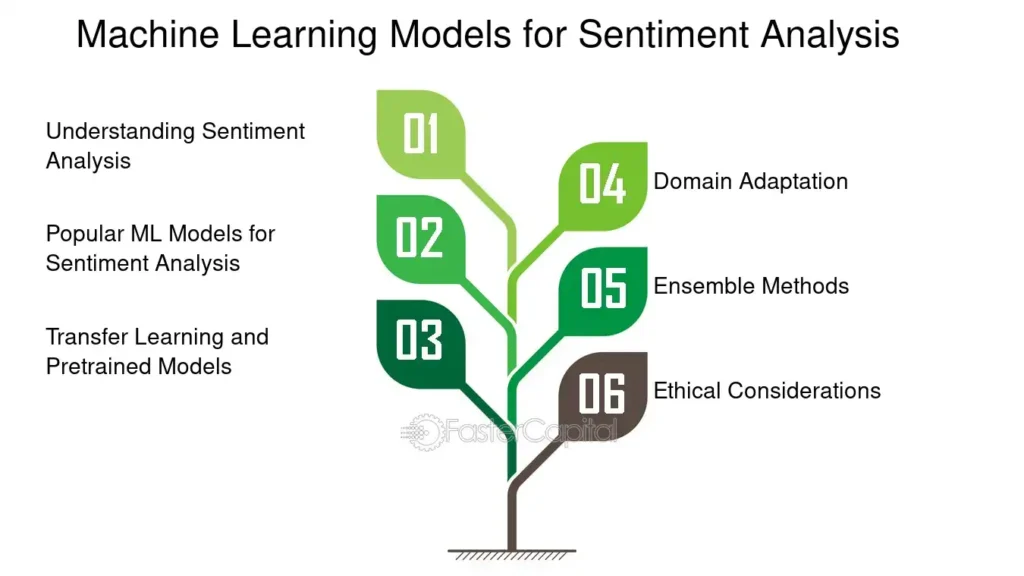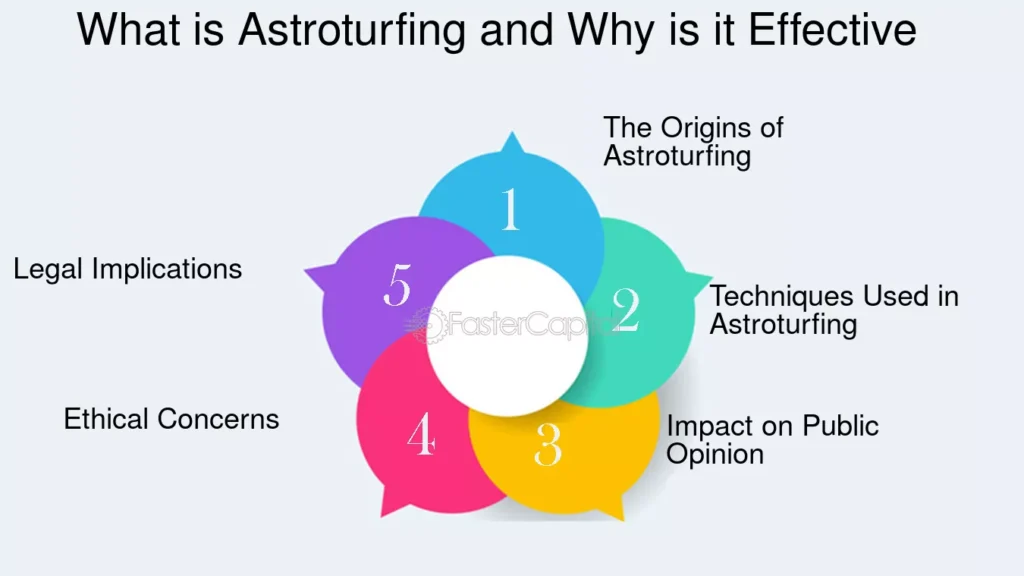Ever scrolled through political discussions online and felt something was… off? You’re not alone. AI personas have infiltrated our social feeds, manipulating conversations and swaying opinions without detection.
These sophisticated digital puppets mimic human behavior so convincingly that they’re virtually indistinguishable from real voters and advocates. The consequences? Manufactured consensus, artificial outrage, and elections potentially decided by algorithms rather than actual citizens.
But hope isn’t lost—once you know what to look for, you can spot these invisible influencers and protect yourself from their subtle manipulation tactics. Let’s unmask these digital ghosts together.
1. AI-Generated Fake Profiles
AI technology now enables the creation of remarkably convincing digital personas without real humans behind them.
Sophisticated networks produce lifelike profile photos and biographical information that blend seamlessly into social media platforms.
These artificial personas establish themselves gradually, building connections and trust while subtly promoting specific political narratives or commercial interests.
Handling Social Media Manipulation:
- Look for inconsistencies in profile history or unnatural patterns in posting frequency
- Verify identities through multiple contact methods before engaging professionally
- Report suspicious profiles that demonstrate unusual coordination in messaging
- Use reverse image searches to identify potentially stolen or AI-generated profile photos
- Maintain healthy skepticism toward new connections making strong political claims
2. Natural Language Generation (NLG)
Advanced AI systems now craft written content virtually indistinguishable from human-authored text.
These systems analyze vast datasets of human writing to mimic specific styles, tones, and emotional appeals that resonate with particular audience segments.
The resulting content subtly incorporates psychological triggers calibrated to activate readers’ existing values or exploit their anxieties.
Handling Social Media Manipulation:
- Watch for unnaturally quick responses to complex topics
- Question content that feels emotionally manipulative or triggers strong reactions
- Evaluate the substantive quality of arguments rather than persuasive language
- Be cautious of accounts that post at volumes impossible for individual humans
- Cross-reference factual claims with established news sources before sharing
3. Behavioral Mimicry

Today’s sophisticated influence operations study genuine user behaviors to create convincingly human-like patterns. AI systems track when real users typically post, which hashtags they follow, and how they naturally interact with content across platforms.
This behavioral analysis allows fake personas to establish rhythms of activity that appear entirely organic, gradually building credibility within online communities.
Handling Social Media Manipulation:
- Notice accounts that suddenly shift focus to political topics after building non-political credibility
- Be aware of accounts that engage too consistently without the natural variation of human use
- Watch for coordinated talking points appearing across multiple seemingly unrelated accounts
- Trust your instincts when interactions feel scripted or mechanical despite appearing human
- Create separate social circles for verified real-world connections versus online-only relationships
4. Micro-Targeting via Data Mining
Modern influence campaigns harvest enormous quantities of user data to identify and exploit specific demographic vulnerabilities.
These operations analyze everything from browsing habits to emotional responses, creating detailed psychological profiles of target audiences.
Armed with this information, they craft hyper-personalized content designed to resonate with particular values, fears, or aspirations.
Handling Social Media Manipulation:
- Regularly audit privacy settings across all platforms to limit unnecessary data collection
- Question content that seems unusually aligned with your specific concerns or interests
- Use browser extensions that block tracking cookies and limit cross-site profiling
- Consider using separate accounts for different aspects of your online life
- Recognize when content provokes strong emotional reactions and pause before engaging
5. Bot-Driven Amplification Networks
Coordinated networks of AI-controlled accounts systematically manipulate engagement metrics across social platforms.
These systems artificially inflate likes, shares, and comments to create false impressions of widespread support for particular viewpoints or candidates.
The strategy exploits platform algorithms that promote seemingly popular content, creating feedback loops that increase genuine user exposure.
Handling Social Media Manipulation:
- Evaluate content quality independently rather than relying on engagement metrics
- Look beyond raw numbers to assess the substantive nature of comments and interactions
- Be skeptical of sudden viral surges around politically divisive content
- Check account creation dates of enthusiastic supporters of controversial positions
- Use tools that highlight bot activity or coordinated inauthentic behavior when available
6. Sentiment Adaptation
Sophisticated influence operations constantly monitor audience reactions to refine their messaging in real-time.
AI systems analyze engagement patterns, comment sentiment, and sharing behavior to determine which approaches generate maximum impact.
When content provokes negative reactions, messaging quickly pivots to alternative framing; when something resonates strongly, similar content floods the information space.
Handling Social Media Manipulation:
- Notice when controversial topics suddenly shift narrative approaches across multiple sources
- Be aware of emotional manipulation in content that seems designed to provoke strong reactions
- Track how messaging evolves around key topics, looking for coordinated pivots
- Practice emotional awareness when engaging with political content online
- Take breaks from platforms where you notice yourself becoming emotionally reactive
7. Deepfake Propaganda
Synthetic media technologies now generate convincing audio and video falsely depicting real people saying or doing things they never did.
These deepfakes spread rapidly through social networks before fact-checking can intervene, leaving lasting impressions even after debunking.
The technology creates particularly powerful persuasive content by hijacking the credibility of recognized figures, making messages seem more authoritative than text alone.
Handling Social Media Manipulation:
- Verify surprising video content through multiple reputable news sources before sharing
- Watch for unusual facial movements, voice patterns, or lighting inconsistencies
- Check official accounts of depicted individuals for confirmation of questionable content
- Be especially cautious of inflammatory video clips appearing just before elections
- Use dedicated deepfake detection tools when available for suspicious media
8. Cross-Platform Synchronization
Modern influence campaigns coordinate seamlessly across multiple social platforms to create immersive alternative information ecosystems.
These operations repurpose content across formats, transforming articles into memes, videos into quotes, and discussions into hashtag campaigns.
The approach ensures target audiences encounter consistent messaging regardless of which platforms they use, creating reinforcing loops that make fabricated narratives seem omnipresent and therefore more credible.
Handling Social Media Manipulation:
- Diversify information sources beyond social media algorithms
- Notice when identical talking points appear simultaneously across different platforms
- Follow accounts specifically focused on tracking and exposing coordinated campaigns
- Maintain awareness of how platforms interact and share user data with each other
- Consider using separate platforms for entertainment versus factual information gathering
9. Evasion Tactics

Sophisticated operators employ numerous technical measures to avoid detection and platform enforcement.
They utilize virtual private networks, regularly rotate accounts, and continuously vary posting patterns to evade automated security systems.
These campaigns learn quickly from successful platform interventions, adapting their approaches to avoid previously flagged behaviors or terminology.
Handling Social Media Manipulation:
- Report suspicious activity consistently to help platforms improve detection systems
- Learn about common manipulation tactics to recognize them in your own feeds
- Support platforms implementing strong identity verification for political content
- Watch for accounts that suddenly become active after long dormant periods
- Notice unusual grammatical patterns that might indicate non-native operators
10. Astroturfing Campaigns
Digital manipulation increasingly focuses on simulating grassroots movements that exist primarily or entirely in virtual space.
Networks of AI personas coordinate to dominate conversation spaces, hijacking hashtags and flooding comment sections with scripted talking points.
These operations create compelling illusions of organic public movements through carefully orchestrated activities, including fake “live” discussions and coordinated response campaigns.
Handling Social Media Manipulation:
- Research the actual organizational structure behind apparent movements
- Look for evidence of real-world activities beyond online presence
- Question movements that appear suddenly with professional-quality materials
- Notice identical language repeated across supposedly independent participants
- Seek verification from established organizations working in related fields
Final Thoughts
The landscape of digital personas represents both remarkable technological achievement and unprecedented challenges to authentic human connection.
As AI capabilities continue advancing, distinguishing genuine human interaction from sophisticated manipulation grows increasingly difficult for average users.
Maintaining healthy online communities requires new forms of digital literacy focusing not just on content but on the very nature of identity itself.
RELATED:
Tired of 9-5 Grind? This Program Could Be Turning Point For Your Financial FREEDOM.

This AI side hustle is specially curated for part-time hustlers and full-time entrepreneurs – you literally need PINTEREST + Canva + ChatGPT to make an extra $5K to $10K monthly with 4-6 hours of weekly work. It’s the most powerful system that’s working right now. This program comes with 3-months of 1:1 Support so there is almost 0.034% chances of failure! START YOUR JOURNEY NOW!







